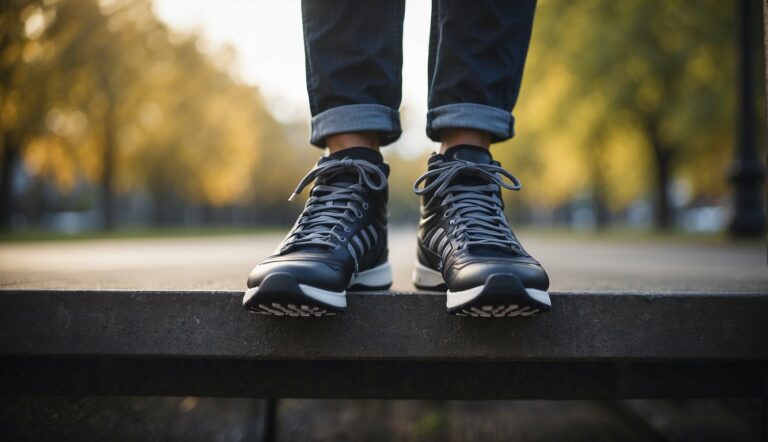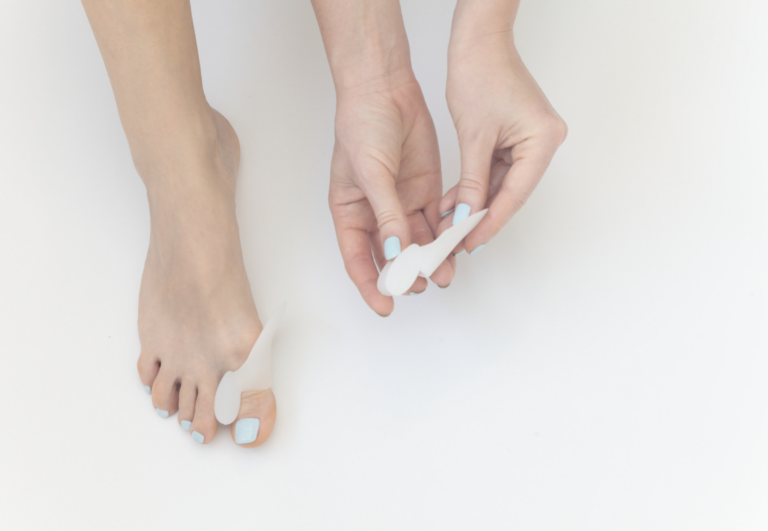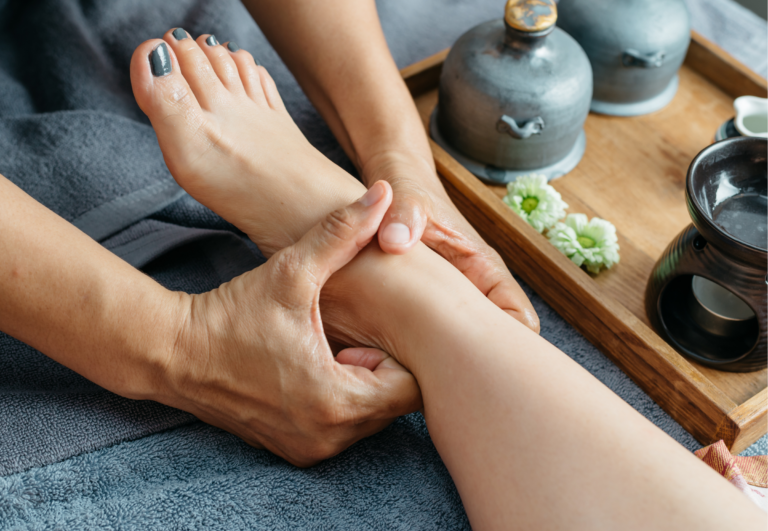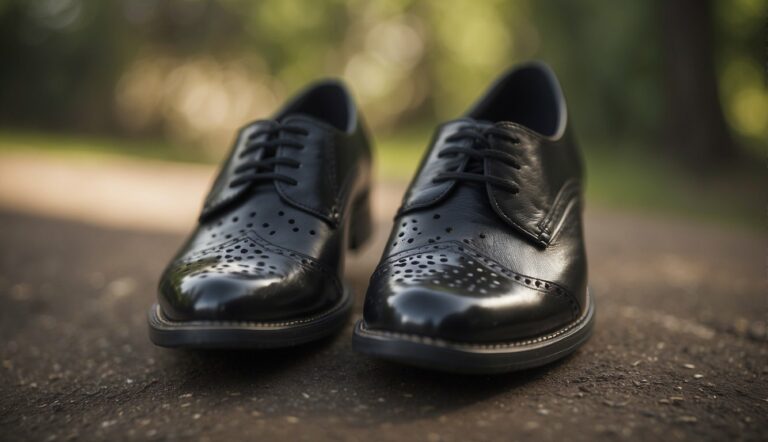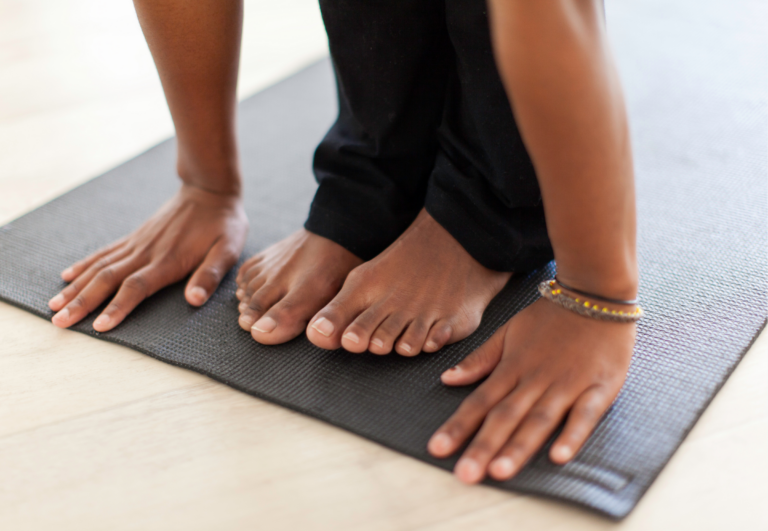How to Use Toe Spacers for Pedicures: A Step-by-Step Guide
Toe spacers have become an essential tool for anyone looking to achieve a professional pedicure at home. They are simple, yet effective devices that help keep your toes separated, preventing the smudging of nail polish as it dries. As someone who’s used toe spacers for countless pedicures, I’ve found that they not only enhance the appearance of the pedicure but also make the process more relaxing and mess-free.
Using toe spacers is straightforward. Before applying any polish, I place these soft, foam separators between my toes. They provide a stable and spread out position for each toe, creating ample space for polish application. This ensures that each nail can be painted accurately, without the worry of the polish transferring to adjacent toes.
In addition to aiding in polish application, toe spacers can offer some foot health benefits. They encourage proper toe alignment, which can be a respite from the cramped position toes often find themselves in due to tight footwear. While I’ve noticed these advantages, it’s important to remember that toe spacers are not medical devices but rather beauty tools designed to simplify the pedicure process.
How to Use Toe Spacers with a Pedicure
Toe spacers can greatly improve your pedicure experience by properly aligning your toes, reducing friction, and preventing blisters. Choosing the right design, ensuring a comfortable fit, and using them for an appropriate duration will maximize their benefits.
Step 1: Choose the Right Time
Insert toe spacers after you have soaked your feet and pushed back the cuticles, but before applying nail polish. This ensures that your nails are prepped and ready for polish without the spacers getting in the way during the preparation process.
Step 2: Insert Toe Spacers Carefully
Gently place the toe spacers between each toe, ensuring that they fit comfortably and that each toe is separated enough to avoid smudging when polish is applied. Be careful not to disrupt the cuticle work you’ve just completed.
Step 3: Apply Nail Polish
With the toe spacers in place, begin applying nail polish to each toenail. The spacers should keep your toes apart to prevent the wet polish from touching and smudging.
Step 4: Allow for Drying Time
Once you’ve painted your nails, it’s important to give them enough time to dry. Toe spacers will help keep your toes separated during this period, reducing the risk of smudges or dings in the polish.
Step 5: Remove Toe Spacers
After your nail polish is completely dry, carefully remove the toe spacers. Avoid pulling or twisting them, which could damage the fresh polish. Instead, gently slide them out from between your toes.
Step 6: Moisturize Your Feet
Once the pedicure is complete and the toe spacers are removed, apply a moisturizing lotion or foot cream to hydrate the skin and give your feet a finished look.
Step 7: Clean the Toe Spacers
Wash your toe spacers with warm soapy water, rinse them thoroughly, and let them air dry. This ensures they are clean and ready for your next pedicure.
Note: Some pedicure-specific toe spacers are designed to be more conducive to polishing than therapeutic toe spacers, which may be too bulky. Choose a type that suits your pedicure needs.
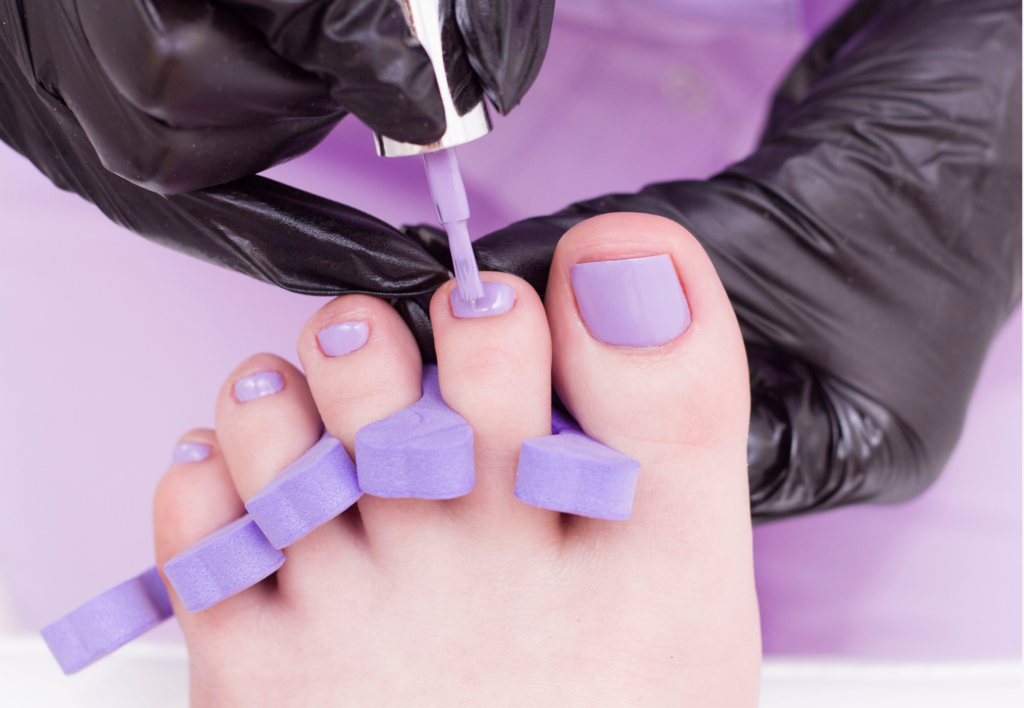
Choosing the Right Toe Spacers
Material: My go-to options for toe spacers are usually made of silicone, gel, or foam because they offer flexibility and comfort. The material plays a vital role in the overall experience; silicone and gel varieties, for example, conform well to the foot’s shape.
Design & Fit: It’s important to opt for a spacer design that accommodates your specific needs—some are podiatrist-recommended for alignment issues. If you often wear shoes with narrow toe boxes, look for spacers designed to counteract that compression.
When considering pedicure essentials, toe spacers are a must. They’re simple tools that play a vital role in maintaining toe alignment and preventing smudges during polish application. Typically made of silicone, gel, or foam, these flexible devices are positioned between the toes to separate them.
The design of toe spacers has evolved to cater to comfort and ease of use. Silicone models, for instance, are prized for their durability and washability. Gel toe spacers, on the other hand, offer a squishy and cool sensation, lending a spa-like experience. Foam options are often disposable and provide a budget-friendly choice while ensuring that toes are evenly spaced.
Materials and Choice:
- Silicone: Reusable, easy to clean, hypoallergenic.
- Gel: Soft, cushy, and comfortable for longer wear.
- Foam: Cost-effective, single-use, and lightweight.
When picking a toe spacer, consider the material that suits your needs:
| Material | Key Attribute | Ideal For |
|---|---|---|
| Silicone | Long-lasting | Frequent pedicures |
| Gel | Comfort | Extended wear |
| Foam | Disposable | Travel or infrequent use |
My experience has taught me that quality matters. Cheap, thin separators may tear or lose shape quickly, so invest in a good pair, and your toes will thank you. Remember, proper placement is key—ensure the toe spacers are snug, but not too tight, to prevent discomfort or circulation issues. Happy pedicuring!
Correct Application and Placement
Application: I always make sure that my feet are clean before applying the toe spacers, proceeding to gently ease them between each toe—starting with the big toe—so they sit snugly without causing discomfort.
Alignment: It’s crucial for every spacer to rest against the base of the toe gap. This ensures each toe is properly aligned and the spacers perform their function effectively, particularly during pedicure when accurate polish application is key.
Duration and Frequency of Use
Time: While some spacers are designed for a brief period during pedicures, others can be worn longer for toe alignment benefits. I recommend starting with short intervals to allow your feet to adapt, especially if wearing them during walking, running, or workouts.
Frequency: Regular use can be beneficial, but I always listen to my body—any discomfort suggests it’s time to give my toes a break. For those interested in the long term benefits of toe spacing, integrating them into a daily routine may offer improvements in toe alignment and foot health, even beyond the pedicure chair.
Integrating Toe Spacers With Other Activities
Toe spacers are a fantastic tool for improving foot health and can be seamlessly integrated into your daily activities. From enhancing your fitness routine to providing relief while you’re relaxing, these simple devices offer numerous benefits.
Incorporating into Fitness Routines
I find that including toe spacers in my fitness regimen greatly enhances the effectiveness of certain exercises. Especially when I’m practicing yoga, the enhanced toe separation helps me maintain better balance and overall posture.
Additionally, they have proved beneficial in my CrossFit and mobility workouts as they promote improved foot alignment, which is critical for movements that demand balance and stability. Athletes, particularly those running or engaging in high-intensity workouts, might find toe spacers contribute to a more comfortable experience by alleviating pressure between toes.
Using While at Rest
In contrast to active periods, I utilize toe spacers while sitting or lying down to ensure consistent stretching and alignment of my feet. When worn at the end of the day or while sleeping, they work passively to aid in reducing discomfort from conditions like hammertoes.
Even simply wearing them with socks while reading a book or watching TV can provide much-needed relief and help counteract the tightness caused by daily pressure on the feet.
Maintenance and Care of Toe Spacers
Maintaining your toe spacers is essential for ensuring they last long and provide the comfort you need during pedicures. As an experienced user of toe spacers, I recommend a simple yet effective routine for caring for these handy pedicure tools.
Cleaning
After each use, I wash my silicone or gel toe spacers with warm, soapy water to remove any nail polish, skin oils, or residue. It’s important to thoroughly rinse and air-dry them before storing to prevent any fungal or bacterial growth.
Storage
I always store my toe spacers in a clean, dry place, away from direct sunlight to keep their design and colors from fading. Each set typically comes with a small pouch or box, which is perfect for keeping them dust-free.
Inspection
Before and after each use, check for any tears or signs of wear. Gel toe spacers are particularly prone to rips if stretched too far. If they show any damage, it’s time to replace them for the sake of hygiene and effectiveness.
Replacement
Toe spacers are not meant to last forever. Replace your set every few months or sooner if they begin to lose their shape or become uncomfortable. This ensures the highest level of hygiene at a relatively low cost, especially compared to other nail salon supplies.
Comfort
The primary purpose of toe spacers is to prevent the smudging of freshly applied nail polish and provide comfort while the nails dry. Make sure the ones you select are comfortable, not just affordable. Comfort leads to more frequent use, which maximizes value.
By following these simple practices, you ensure your toe spacers remain hygienic, intact, and ready for your next pedicure.
Benefits of Using Toe Spacers
Toe spacers are a small addition to your foot care routine with a big impact. They provide a myriad of benefits that aid in discomfort relief and boost overall foot health.
Alleviates Pain and Discomfort
Toe spacers help relieve foot pain and discomfort by realigning toes to their natural position. This can reduce the pressure on the joints and soft tissue of the foot, often providing relief from conditions like bunions, hammertoe, and plantar fasciitis.
For individuals who suffer from corns or continuous foot pain, the use of toe spacers during a pedicure can be a comfortable intervention, encouraging the toes to stretch and spread as they should.
Enhances Foot Functionality
Incorporating toe spacers into your routine not only helps with foot alignment but also plays a crucial role in strengthening foot muscles. Improved alignment contributes to better balance and mobility, while the increased separation of toes can boost flexibility and foot strength.
As a result, users often experience an improvement in their overall exercise performance and a decrease in recovery time from foot-related injuries or overuse. My experience has shown that consistent use also supports arch support and toe flexibility, valuable for athletes and anyone looking to enhance their foot functionality.
